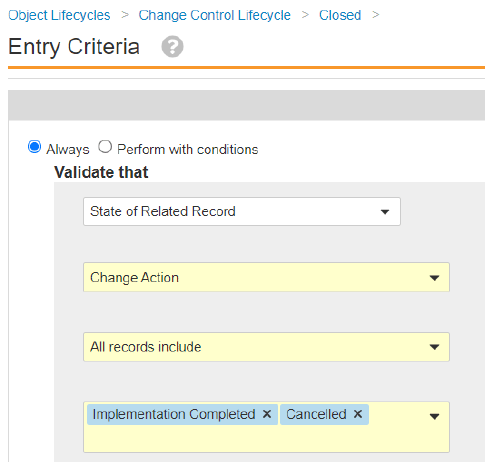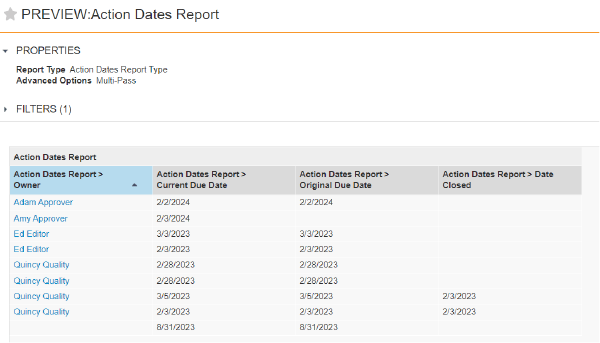In recent years, there have been a substantial number of Life Sciences companies refreshing their regulatory information management (RIM) capabilities, with many choosing Veeva Vault-based RIM as their platform. One of the most important reasons is health authorities’ growing emphasis on data- rather than document-oriented information exchange. This emphasis on the underlying data is a critical factor in how well new platforms deliver, once deployed. It’s also why fme’s complete range of consultancy, implementation, migration, and integration services are attracting such strong interest today.
Based on decades of experiences in the regulated processes in Life Sciences, fme has developed a methodology that minimizes common risks, accelerates effective delivery, and maximizes business user buy-in. We have a wealth of multi-platform experience we leverage to expedite projects and optimize the outcomes of Veeva-based RIM deployments. Additionally, we offer a proprietary selection of certified Veeva migration acceleration tools and services not available from any other provider.
Essential steps to optimize Veeva Vault-based RIM
Here are a few of the essential steps when migrating to a Veeva Vault-based RIM solution. There are certainly more, but these are the ones that we are most often skipped resulting in substantial problems as the initiative moves forward.
1. Develop a strategy: clarify the case for Veeva for RIM/Regulatory process management
In the past, regulatory content management was largely about document management – authoring, reviewing, approving, publishing, submitting and managing health authority submissions. Now, the emphasis is moving to the underlying data which needs to be maintained in its own right as the master source of all Regulatory-related correspondence, health authority exchanges, and ongoing intelligence.
There are critical attributes of the underlying data within a Veeva Vault-based RIM platform – indeed any RIM system. If these attributes cannot be assured and relied upon consistently, the role and value of the system will be severely compromised:
- Quality
- Integrity
- Currency
- Completeness
- Granularity
- Richness of data
This is why transformation and migration projects must be well mapped out and planned from the beginning of the project. It is essential to plan, manage, and verify your data so that by the time of the platform ‘go-live’, everything is trusted and proven to be robust and fit for purpose.
The first step in this essential planning starts with defining a strategy for the new platform, clearly addressing these high-level questions:
- What are your short-term requirements? Define the functionality your data needs to support to maintain your current business processes. Also take advantage of the opportunity to improve your processes, not just replicate how your business worked years ago.
- What is your long-term vision? Your business will evolve and grow; you predict and plan for many of these changes, but others will be unexpected reactions to evolving industry requirements. Future-proof your solution by considering how the usage and accessibility of your data can evolve with you and deliver ROI regardless your path forward.
- How should you structure your data? This is not easy, but it is critical. How should you update and manage your existing data to serve today’s needs while also providing the flexibility to serve new regulations and business processes.
Do not skip considering the above questions, or fall for the “we don’t need to update our data” fallacy. It’s best to assume that the data you migrate to the new system will require some amount of preparatory work for it to be useable and of trusted value once live within the future state Veeva system. It’s unavoidable. Use cases are likely to range from compliance with evolving, data-based HA expectations, to improved status traceability and process efficiency internally. Data-based preparation work, meanwhile, will almost certainly involve extensive data vetting, remediation, and enrichment so that only good, valid, and relevant data is migrated across to and present in the new system.
2. Assess & prepare your data – starting ASAP
Once use cases have been defined at a high level, the data preparation work should start. This can happen in parallel, but that can cause problems. The best case is to have a complete understanding of critical data elements. This will impact many of the downstream decisions in business process requirements and system configuration. Get it done early so that any of the more detailed technical work downstream doesn’t have to be re-done due to misaligned expectations of data sources, standards, or status.
The extent of the data assessment, clean-up and preparation work will be determined by its current volume, its current data quality state, and how far short it falls from target fields/format/nomenclature and granularity. It is also essential to consider the latest Regulations and projected future business requirements, data governance, and data standards.
Based on our extensive experience, we recommend a Phase 0 head-start prior to the application configuration workstream. We recommend a phased approach to all work, particularly the all-important data preparations. As a vital initial Phase 0, we propose an extensive data quality assessment. As well as examining the state of historical data, and the impact of any previous system migrations, this should include consideration of data that is no longer active – for instance, data associated with products that have long since been discontinued or divested from the portfolio. After all, there is no point investing material amounts of time and resources in cleaning up data that will never be used again – yet so many companies end up doing this because they haven’t put in the up front groundwork.
fme has an exceptional team trained in a proven methodology to conduct this vital assessment and gap analysis. Drawing on our extensive experience in a variety of RIM migration projects – involving Veeva as well as other platforms – we can quickly identify strengths and weaknesses so that resources are well targeted. In past projects we have proven that our unique process reduces errors, team frustration and stress, and minimizes waste of time and effort by critical SME resources.
Once you have established your data quality and what needs to happen to prepare it for future use, strategies and roadmaps can be set out with more confidence in Phase 1 of the data migration workstream.
Phase 1 sets out the next steps in terms of data preparation – from specific data remediation and enrichment activities, to whether these should happen while the data is still in the source system, or in transit during the migration to the new Veeva RIM platform. We can help with all of this investigatory work, plus the data remediation and enrichment, working collaboratively with your internal subject matter experts.
3. Stage & blend data & application workstreams optimally
Based on the data analysis, initial business processes, and early configuration workshops data-centric outcomes can be aligned with the Veeva configuration and implementation workstreams. Early steps in advancing the application workstream will involve conference room pilots, using example client sample data to bring the future state to life for business users and solidify requirements. The findings of the data quality assessment are critical for this process.
Now the migration workstream can start in earnest with confidence that the team is working with the correct data. First, incremental dry run migrations in logical iterations can prove that the requirements are being met. Next, formal validation can be completed. Then the production phase, either a ‘Big Bang’, an all at once approach, or strategic phases determined earlier, can begin with confidence. Finally, the project goes through an intensive ‘hypercare’ period, with all-hands-on-deck, and platform-knowledgeable post go-live support services continually available. This final stage typically lasts about four weeks, and can be aligned with a detailed go-live change management program to ensure all users are informed and prepared to learn, troubleshoot, and adopt the new platform.
The partner you choose will make ALL the difference
It absolutely pays to engage the right partner across all of this work. It is vital to work with a team with experience in complex regulatory data, your source platform and any required archiving steps, workflows of data-dependent business processes, integration between platforms in a modern IT environment, and of course the current best-practices and strategies to get the most from the Veeva platform.
Working with fme can make a material difference to the success of a Veeva RIM implementation. We provide:
- An experienced team: We have been the premier solution provider in the life sciences industry since the mid 90s, serving the largest pharmaceutical firms on the globe with exceptional content and regulatory information management solutions. We know this industry inside and out.
- ECM solution knowledge: We have been certified and recommended partners with the most effective ECM solution platforms throughout the last 25 years: Veeva, OpenText, Generis, Alfresco, Trackwise, and more. We know the possibilities, best practices, and pitfalls of each one, and how to maximize your system ROI.
- Business process experience: We’ve worked with hundreds of clients in a wide range of industries. We understand your business processes, and cross-industry best practices that will help you achieve your goals.
- Vendor-agnostic solutions: Our diverse partnerships allow us to craft the best solution for your business requirements. We focus on your requirements, and unite your people, processes, and technology to reach your business goals.
- End-to-end solutions: Our team can take you from beginning to end on any project, analyzing your business processes, classifying your data and documents, planning and building your new platform, migrating and validating everything with minimal downtime.
- An ROI and future-proof approach: You need a solution that provides both short- and long-term ROI. We deliver solutions that meet today’s needs and lay a flexible foundation so you can meet tomorrow’s expected and unexpected changes.
To connect with our Veeva RIM experts, or discuss a specific requirement, contact us using the form below and we will set up a time to talk. We look forward to working together on your digital transformation journey.

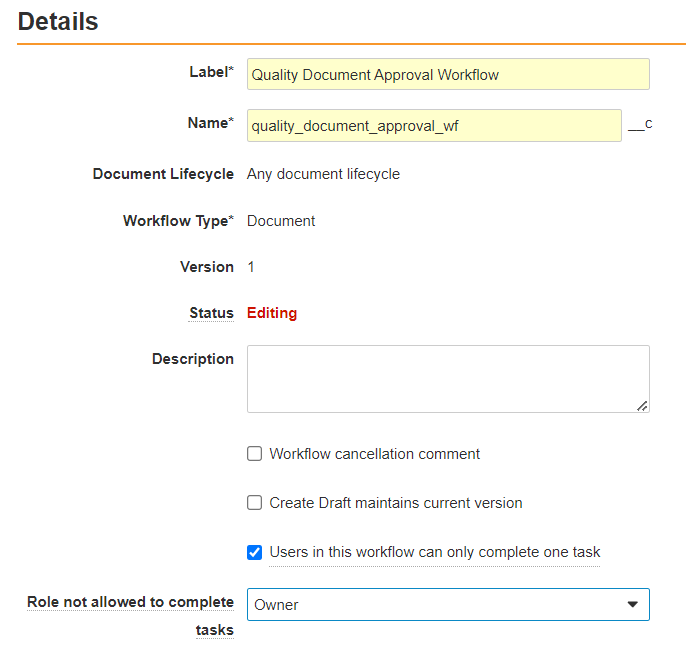
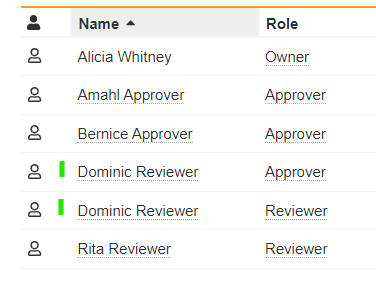
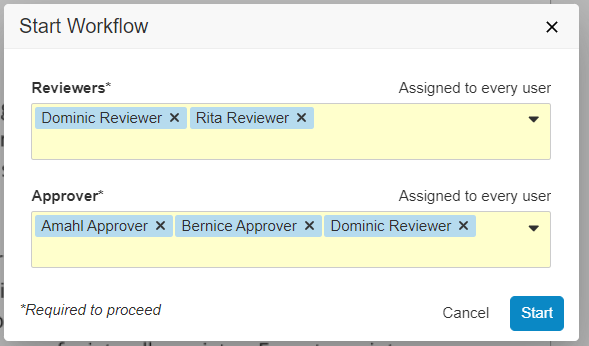
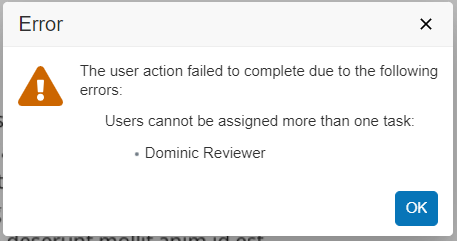


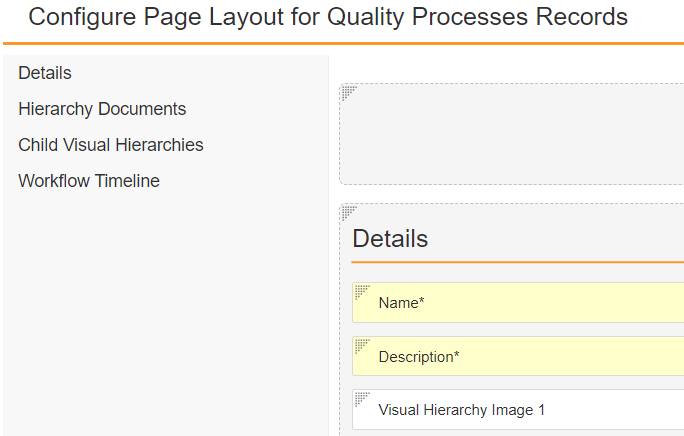
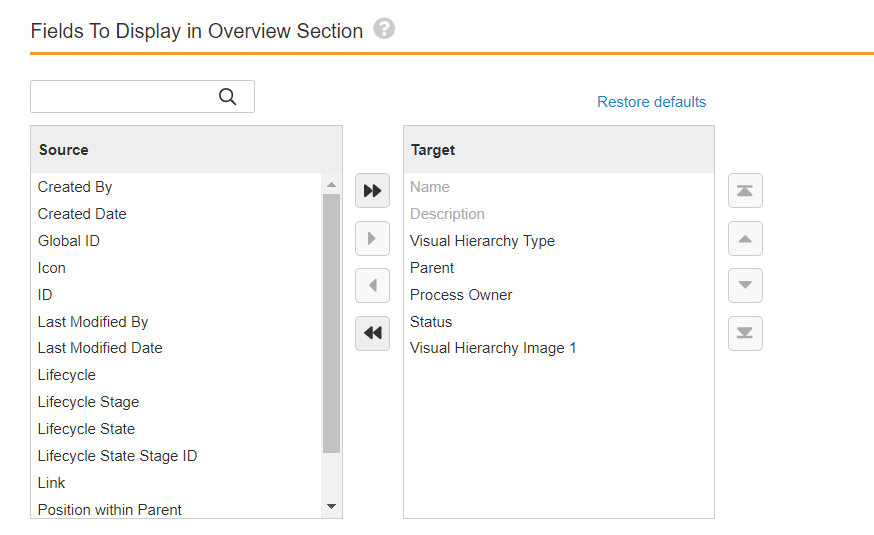

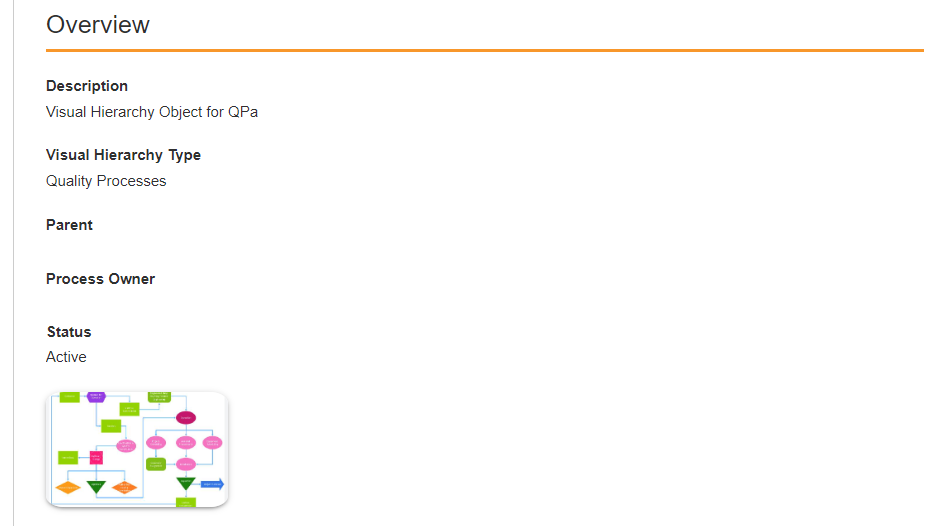
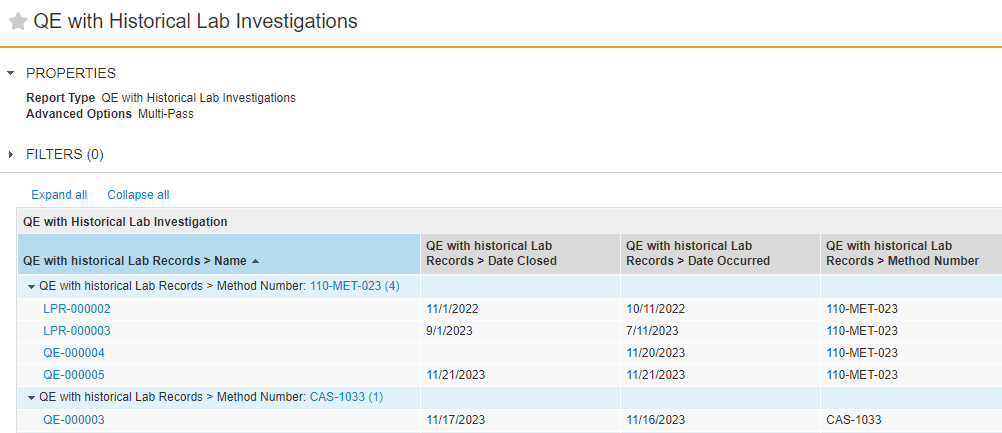
 fme AG
fme AG fme SRL
fme SRL

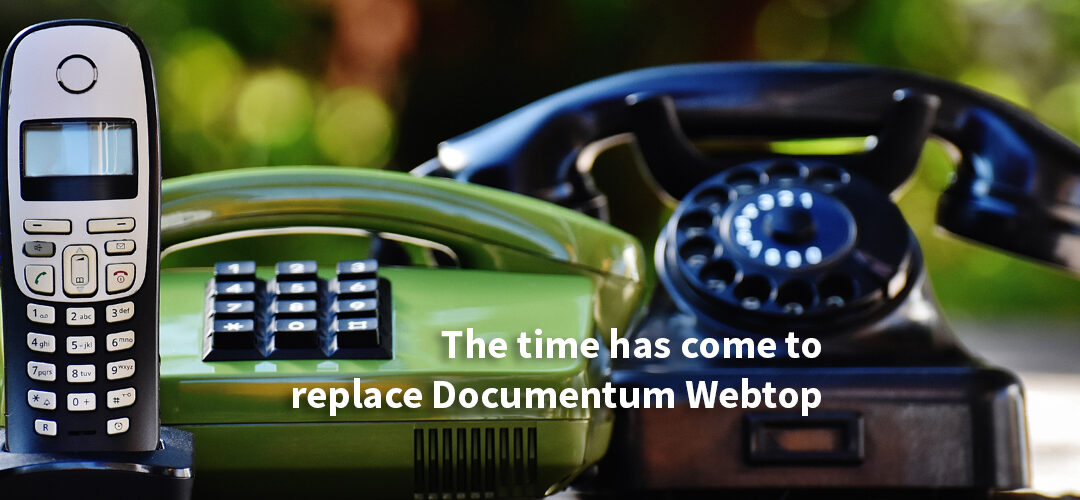



 Scheduled Jobs can promote or demote documents based on configured criteria. In some situations, the scheduled job action on a document fails because the document is checked out. With this release, an Admin can configure the job to expire/obsolete a document that is in the Steady State despite having a minor version of the document checked out by ticking a checkbox within the job configuration page.
Scheduled Jobs can promote or demote documents based on configured criteria. In some situations, the scheduled job action on a document fails because the document is checked out. With this release, an Admin can configure the job to expire/obsolete a document that is in the Steady State despite having a minor version of the document checked out by ticking a checkbox within the job configuration page. 